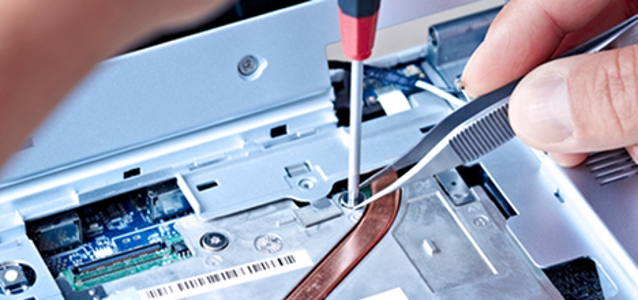
© daniel-schweinert-dreamstime.com
Analysis |
Beyond Outsourcing #4: Outsourcing Alternatives
As we have been discussing in this blog series, the industry has been responding to the Top Ten Trends. However, the windows of opportunity that have opened are not widely recognized among midmarket OEMs.
Global capacity is shifting dramatically, and major upheavals in the mega-sized high volume OEM community ripple out into the broader midmarket electronics industry. Managers must truly start with a clean slate and look at the current situation, shaking off preconceptions and assumptions. Here are several innovative approaches that are being considered to seize advantage from current trends.
Top Tier EMS Solution
If you work for a large OEM outsourcing hundreds of millions if not billions of dollars per year, you are probably fully aware that the EMS industry’s top tier companies have been busily re-engineering many of their US, Canadian, and Western European based manufacturing sites to dedicated NPI and Support centers. You know that you are their target market and may already be utilizing this solution. If on the other hand, you work for an OEM whose brand is not yet a household name, read on—as this solution may offer an alternative to consider.
Yes. You read that correctly. The top tier EMS’s local Support facilities intended for early and late life-cycle support maybe available to midmarket OEMs for production manufacturing, as these facilities are not currently fully utilized by the EMS’s larger customers, handing a potential advantage to a midmarket OEM given a top tier EMS’s sourcing and advanced manufacturing technology prowess.
Simply put, given the flood of outsourcing work already in China—compounded by the re-emerging focus on Mexico—top tier EMS remain highly selective of incoming opportunities in these lower-cost regions (as many are reaching full capacity) but they may be willing to support lower-volume/higher mix production work from midmarket OEMs in their domestic support facilities as these are currently underutilized.
Advantages:
- Access to world-class sourcing and engineering technology
- Well-staffed facilities, very experienced in lower-volume manufacturing
- Build in the region for the region (USA/Canada, Western Europe)
- Proximity and ease of solution management via world-class B to B networking
- Higher price than in lower-cost geographies (but potentially lower TCO)
- Potential capacity/mindshare issues if mega-OEM consumes bandwidth
- EMS could elect to closedown Support Facility or abandon this solution option
- EMS could elect to abandon the relationship if volumes drops-off
- Volume expectations by lower-cost region providers are usually lower
- Better scale compatibility between enterprises and therefore symbiosis
- Reduced risk of EMS initiated disengagement if OEM volumes drop-off
- Higher cost in early/late life-cycle stages and potentially in production
- Risks with three-party verses two-party communications pathways
- Sometimes lesser technology and business systems than at a top tier EMS




